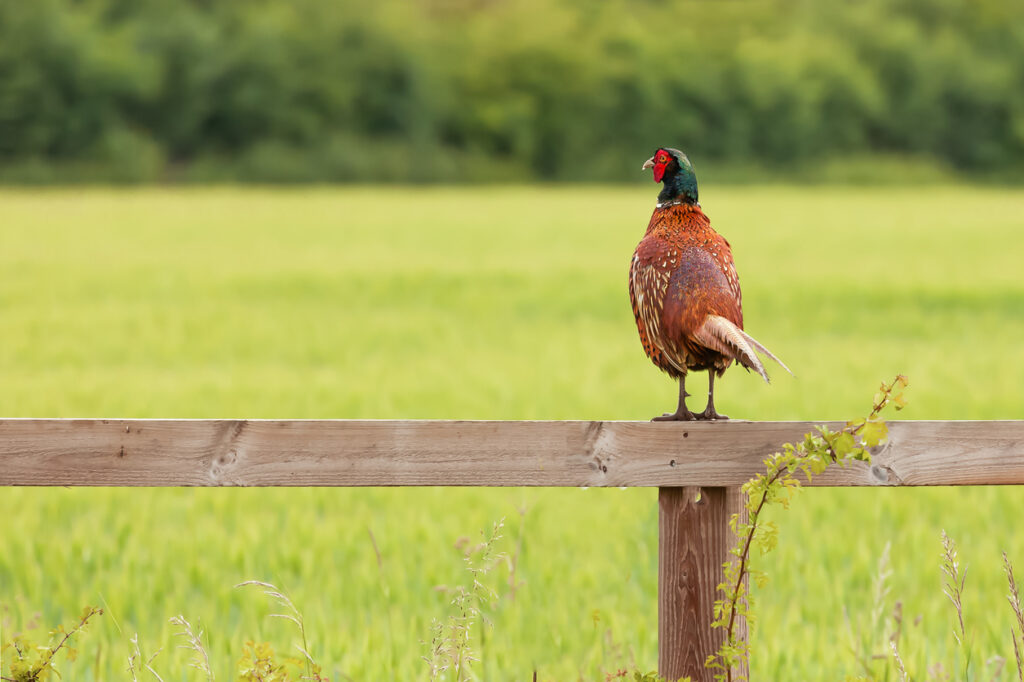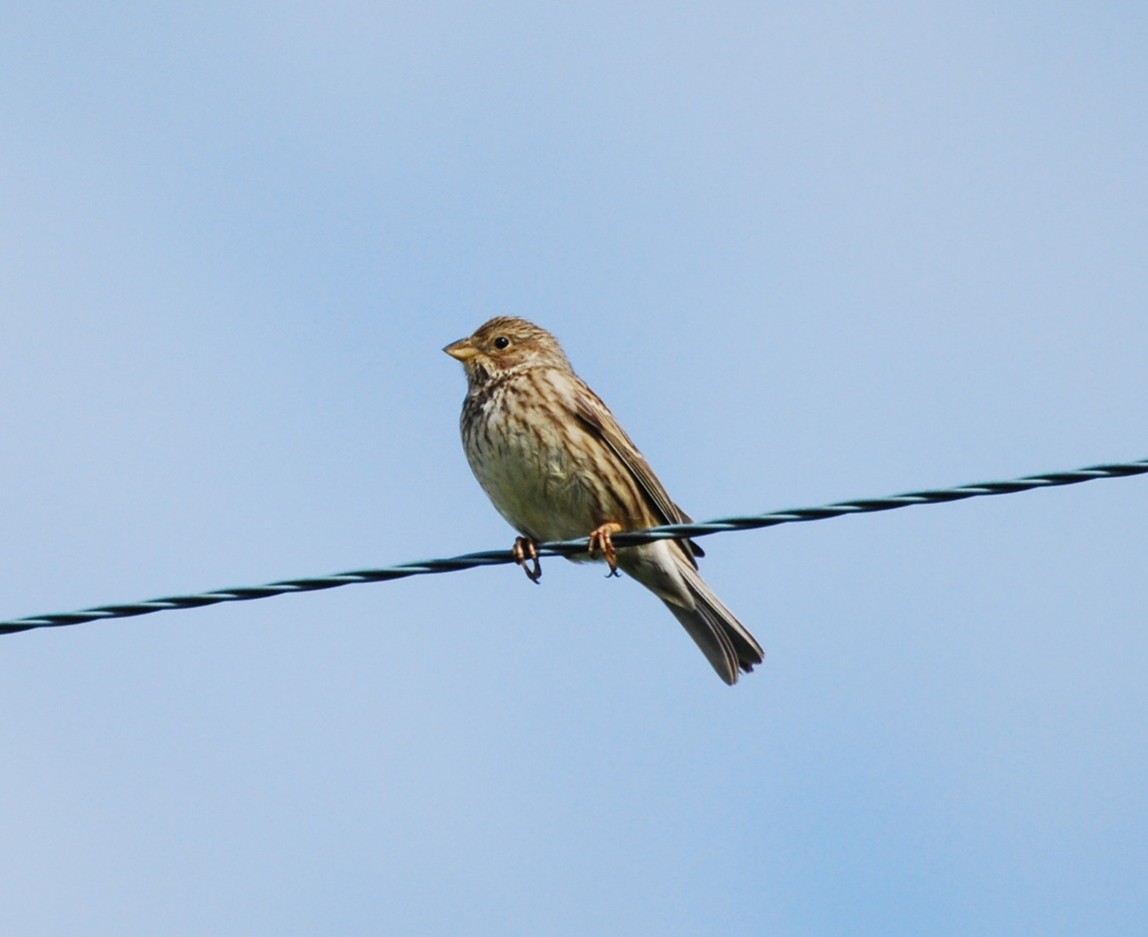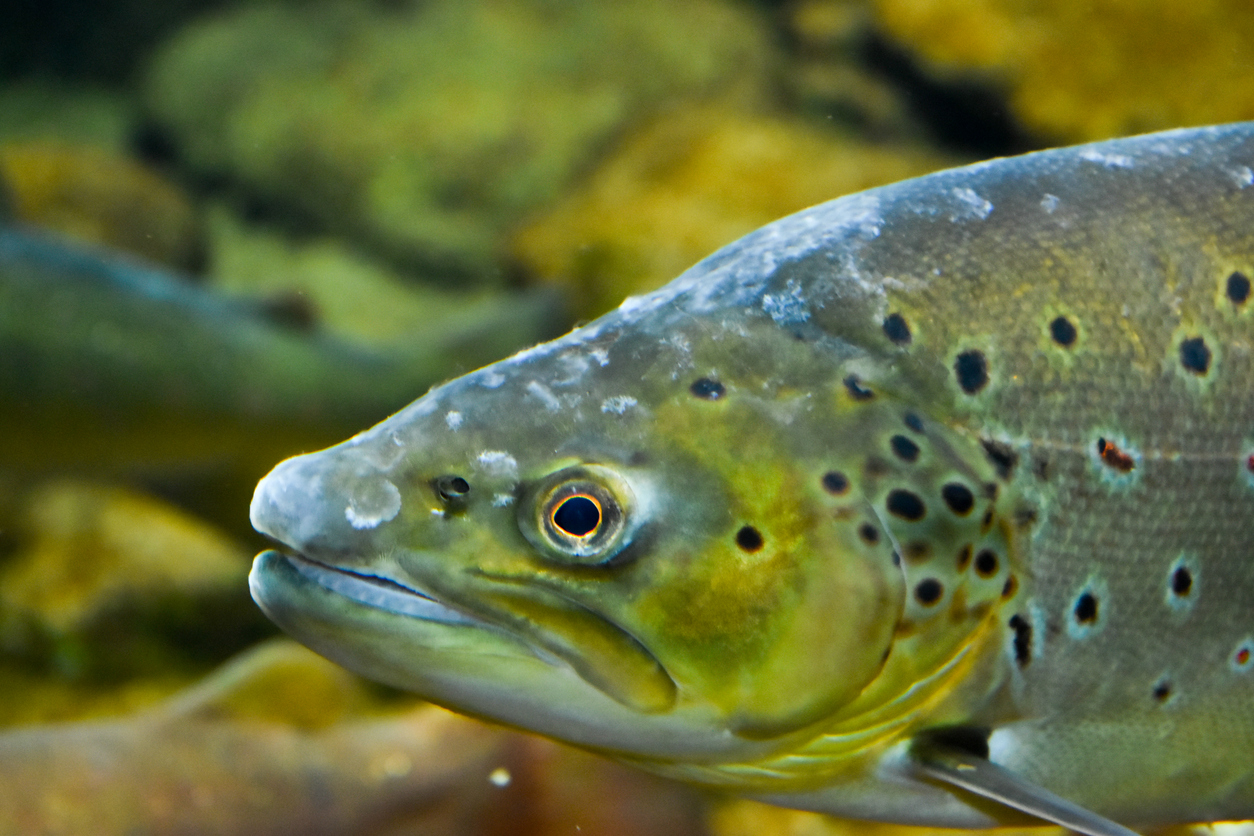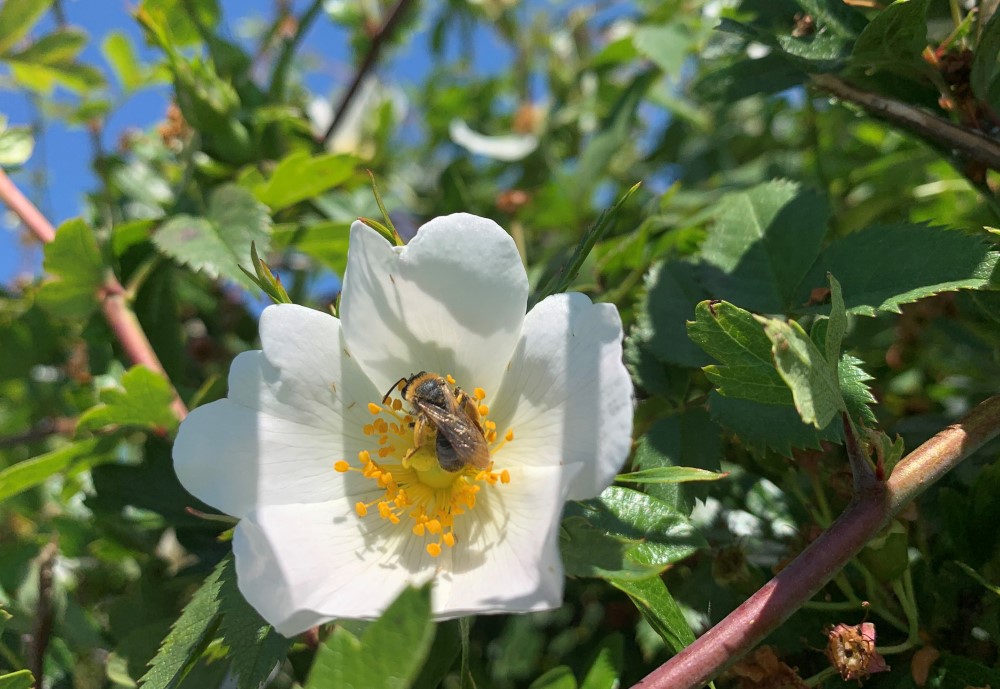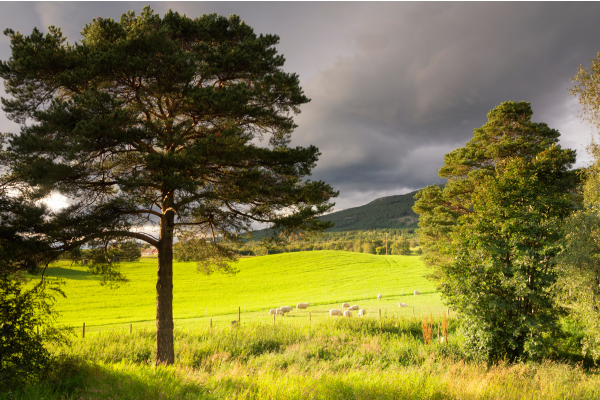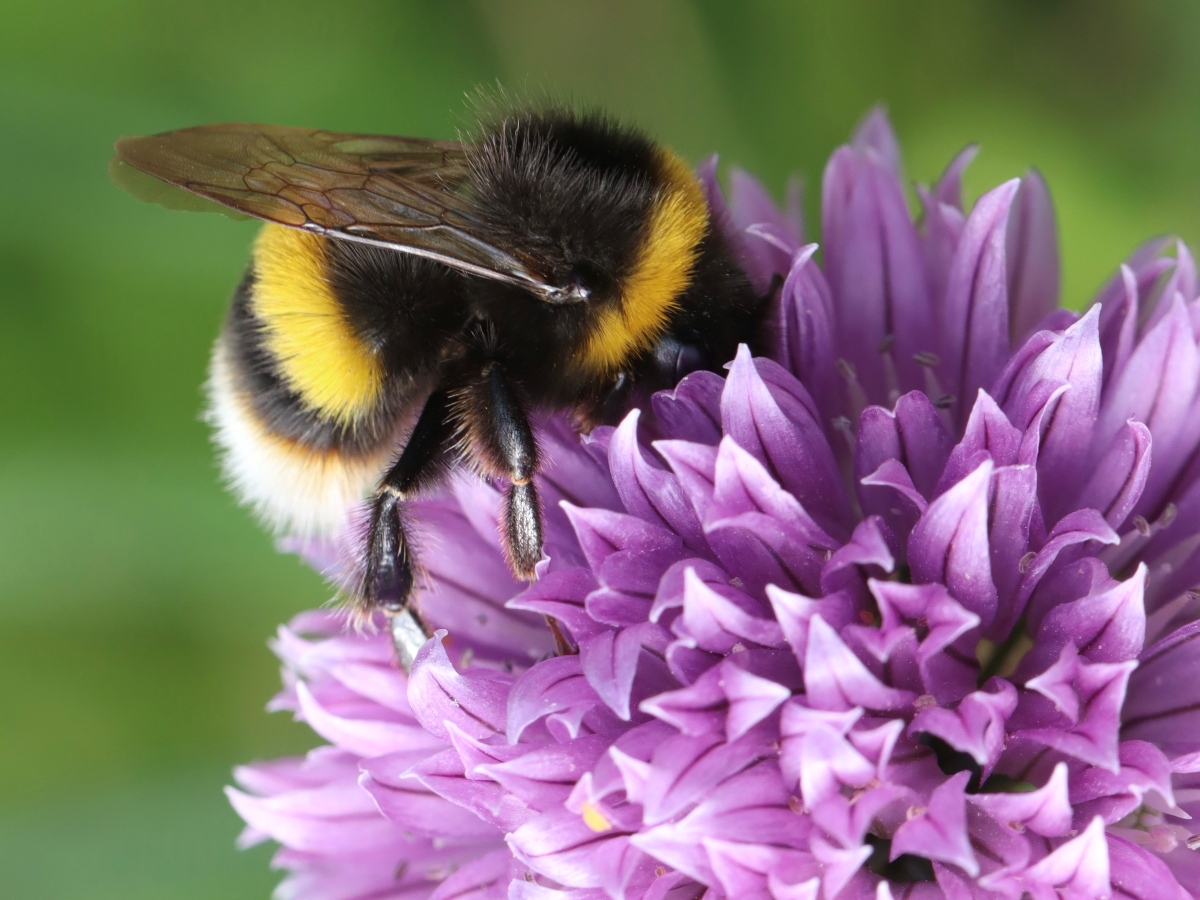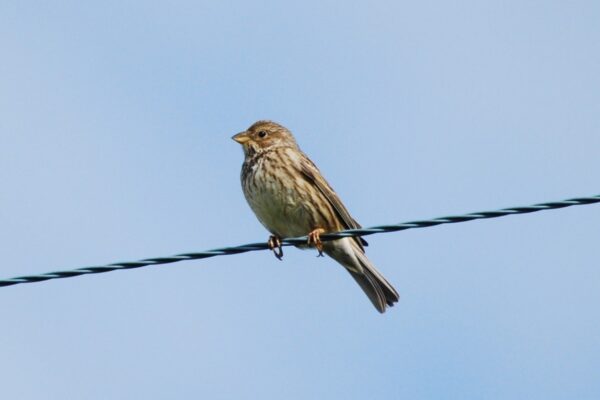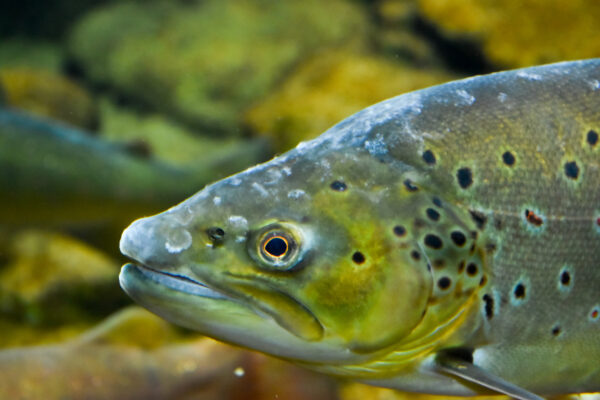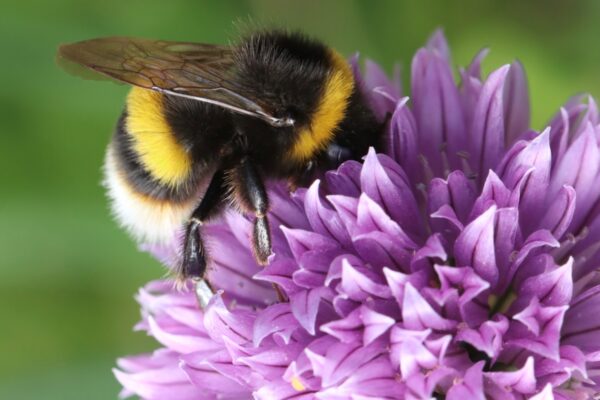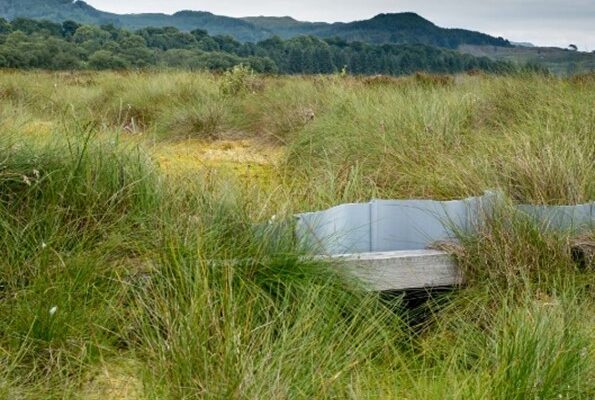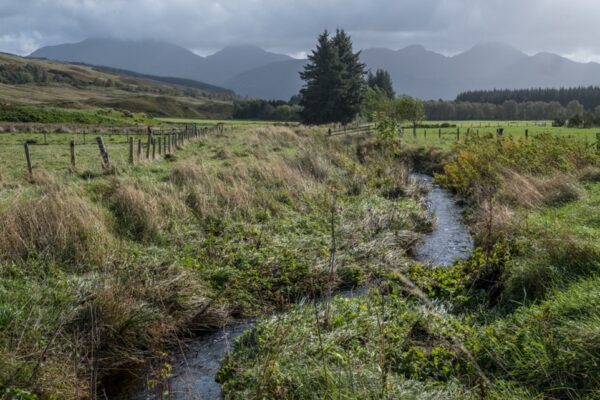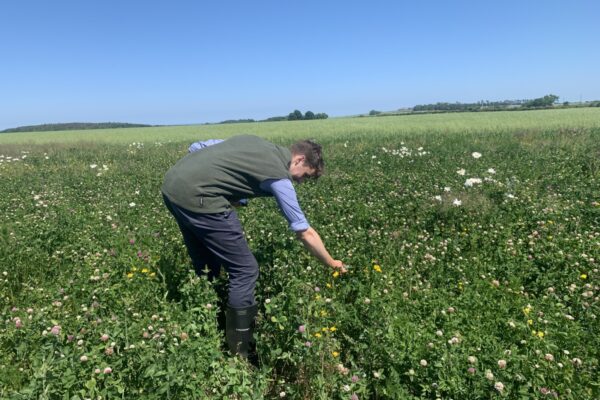Valuing Scotland’s Game Bird Sector – The Pheasant
31 July 2025The pheasant (Phasianus colchicus) is not a native species to Scotland or the UK, but it has become a well-established part of the landscape, especially due to its role in driven game shooting. The species belongs to the Phasianidae family (related to partridges, quails, and junglefowl) and is a ground-nesting, omnivorous bird that are native to Asia, the Caucasus region and central and eastern Europe. The species is first believed to have been introduced to Britain by the Romans in the 1st to 2nd century before being reintroduced during the Norman conquests. More recently the species is still reared and released for sport shooting.
The species is a common sight across much of the Scottish landscape and thrives in mixed farmland habitat, with preferences for woodland edges, game cover crops and hedgerows and tend to favour genuine habitat mosaics. The species is not considered truly wild and managed populations dominate. In terms of reproduction, the species is ground-nesting and actively seeks out tall grasses and bramble patches and hens can lay around 8 – 12 eggs per season, with an incubation period of 23 – 28 days depending on conditions. Without active and carefully thought-out predator control, chicks are highly vulnerable to predation.
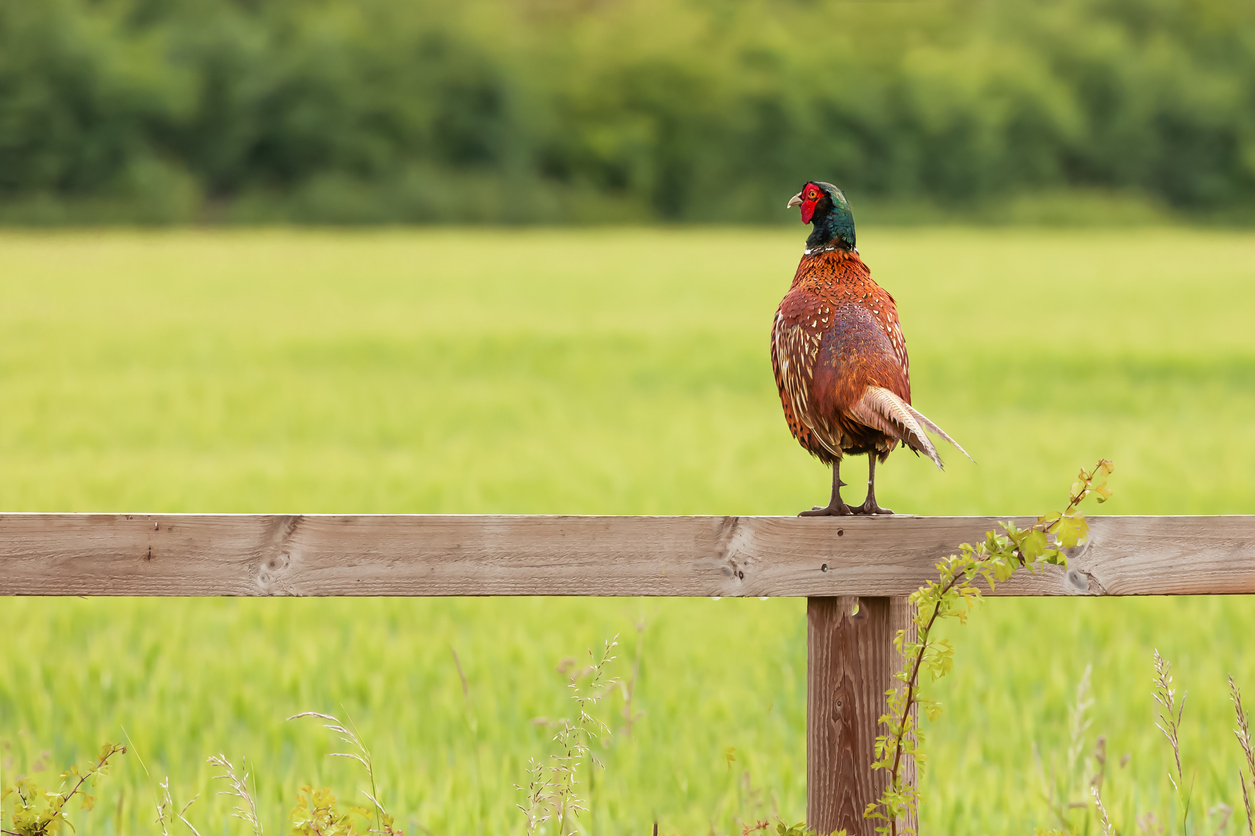
Positives of pheasant management
-
Economic Benefits
- Rural employment & income: Pheasant shooting supports thousands of jobs in gamekeeping, hospitality, equipment supply, and estate management.
- Game meat production: Though niche, pheasant contributes to sustainable protein markets, increasingly valued by eco-conscious consumers.
- Tourism: Attracts domestic and international sporting tourists, benefiting accommodation, transport, and local services.
-
Land Management Incentives
- Estates engaged in shooting often:
- Maintain or plant woodlands, hedgerows, and game cover crops.
- Manage predator populations, which may also protect other ground-nesting birds (e.g. curlew or lapwing).
- Provide year-round habitat structure (e.g. beetle banks, wildflower strips).
-
Cultural & Social Role
- Pheasant shooting is deeply embedded in rural Scottish tradition, particularly on Highland and Lowland estates.
- Promotes community cohesion, especially in areas where shooting supports small local economies.
Negatives of pheasant management
-
Ecological Impacts
- Over-release pressure: Densities above ~1,000 birds per hectare can:
- Damage woodland understory, altering plant diversity and reducing structural cover.
- Lead to invertebrate declines, especially beetles, worms, and spiders.
- Suppress natural regeneration of native trees through excessive pecking or trampling.
- Competition and displacement:
- Potential to displace native ground-nesting birds (e.g. grey partridge, skylark) by occupying similar niches.
- Some evidence suggests competition for food with other birds in autumn/winter.
-
Predator Control Practices
- Game estates often manage predators (foxes, corvids, mustelids) to protect pheasants. This:
- Can benefit some native species (e.g. waders).
- But also risks illegal persecution of protected species (raptors, pine martens).
- Has ecological consequences if trophic cascades are disrupted.
-
Disease & Biosecurity
- Large releases (~40 million birds UK-wide) increase disease risks, including:
- Hexamitiasis, gapeworm, mycoplasmosis, and other pathogens.
- Cross-transmission potential to wild birds, especially at feeding sites.
-
Non-native Species & Ethics
- Pheasants are non-native and populations are maintained through artificial means.
- Some conservationists question the ecological validity of supporting a widespread species with:
- High mortality (many birds die or are predated before shooting season).
- Minimal chance of natural reproduction in the wild.
Market demand
Scotland does not typically report on the value of pheasants in isolation, preferring to amalgamate them into a joint “game bird” or shooting group, although the contribution of pheasants to the value of shooting in Scotland is considerable. In terms of Gross Value Added (GVA), shooting contributes around £340 million annually to the Scottish economy, supporting around 5,600 full-time equivalent jobs. Taking into consideration the wider range of activities linked to shooting, the total value is estimated to be £780 million. Across the entire UK, 43 million pheasants are released per annum, with around 13 million being shot annually.
At the national level, the demand for pheasant meat is modest, considered niche but distinct in certain markets. The meat is particularly popular across the autumn and winter months, especially around the shooting season. The meat is highly valued by chefs and consumers, known for its lean, richly flavoured profile. Game dealers and specialist butchers tend to be the primary outlet, however there is growing interest in direct-to-chef or farm-to-table models. If 13 million are shot per annum and the typical dressed pheasant is around 900 grams, that is the equivalent of 11,700 tonnes of meat available during the season.
Sign up to the FAS newsletter
Receive updates on news, events and publications from Scotland’s Farm Advisory Service

